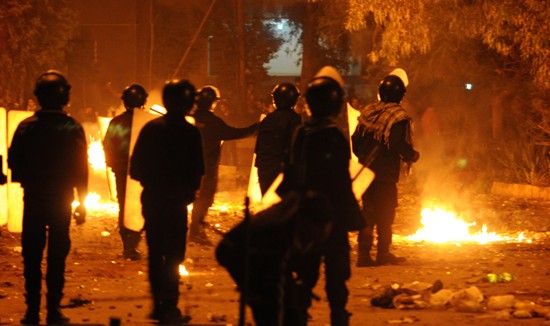Shiite Houthi fighters backed by Iran clashed this week with Yemeni army soldiers near the president’s residence in the capital Sanaa. Tehran’s involvement in Yemen’s internal conflict continues to contribute to the chaos that is worrying governments across the region.
Gunfire was heard across the city and rebels stormed houses adjacent to the president’s home, the Al Arabiya News Channel reported. It was later reported that clashes had subsided and that the presidential guard had the situation under control.
The clashes came two days after the Houthis kidnapped President Abd Rabuh Mansur Hadi’s chief of staff, Ahmed Awad bin Mubarak, in order to disrupt a meeting about crafting a new constitution. Mubarak is from the deeply-tribal southern province of Shabwa. Over the weekend, leaders from the southern Yemini provinces gave Houthis a 24-hour ultimatum to release Mubarak. The deadline has passed and there are no reports of Mubarak’s release.
The Houthis, who demand more rights for the country’s Zaydi Shiite Muslim sect, seized Sanaa in September 2014 and advanced into central and western parts of the country where Sunnis predominate. Although they signed a truce with President Hadi and pledged to withdraw from the capital, they continue to exert control over the country and its institutions.
Earlier this month, a website run by Iran’s Islamic Revolutionary Guard (IRGC) published an Iranian plan to take over Yemen. The plan lists three different tactics that the rebel Houthi Shiites in Yemen “have to take” in order to conquer the whole country: using buzzwords that address Yemeni citizen’s concerns, establishing “popular committees” similar to Iran’s Revolutionary Guards committees, and declaring a war on economic corruption.
[Photo: Jonathan Rashad / Flickr]




